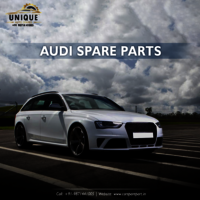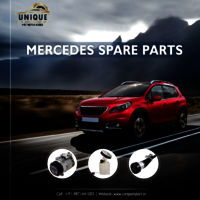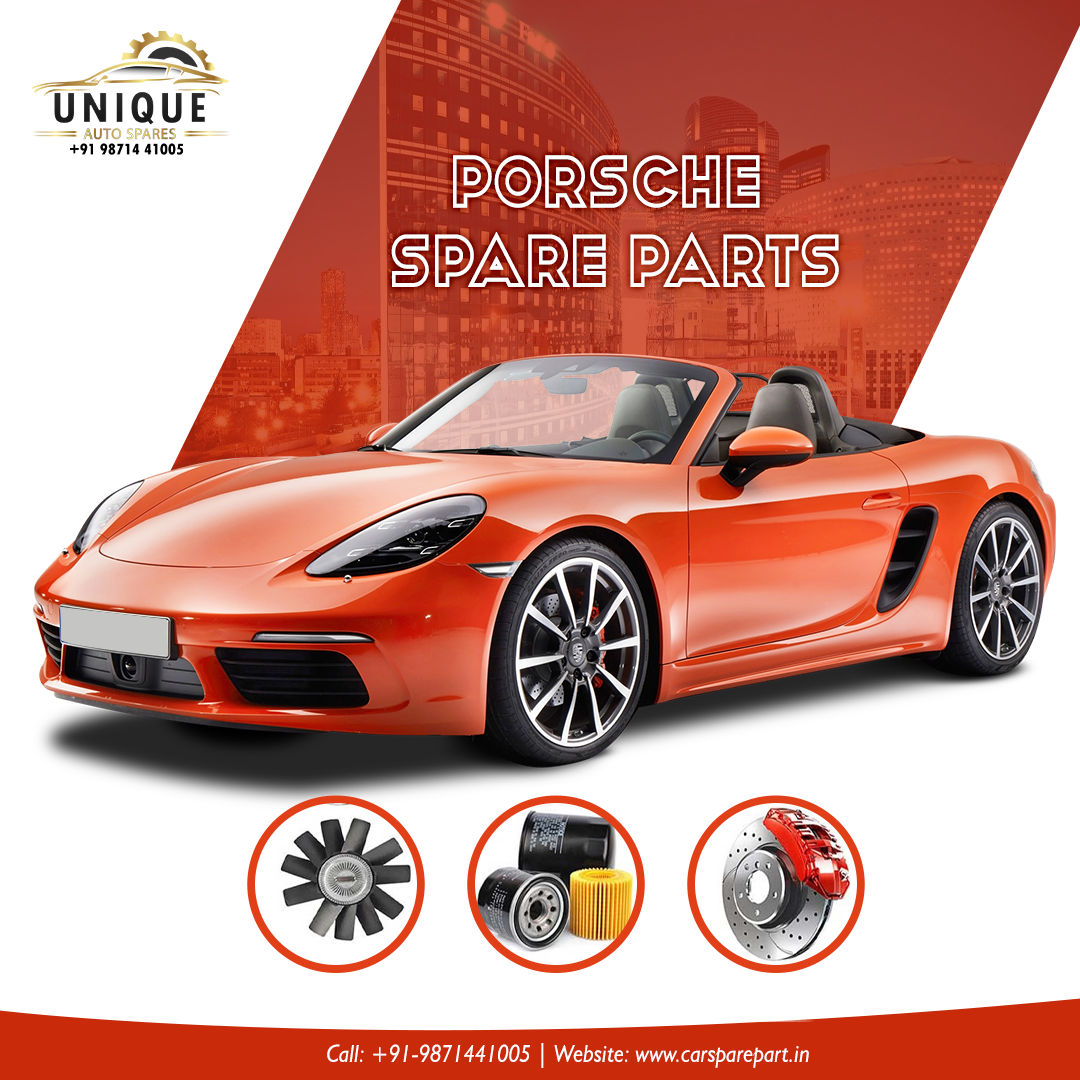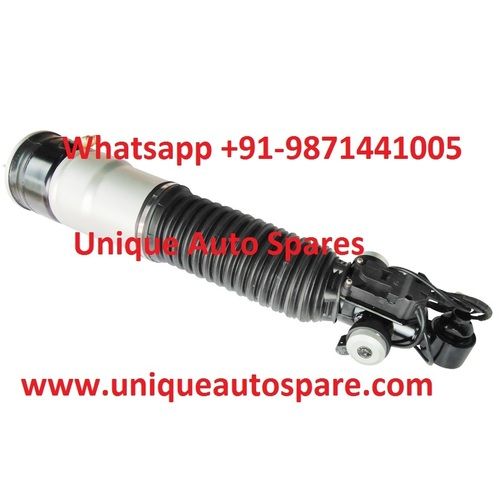Automotive Car Suspension
Product Details:
- Warranty Working
- Model No 5646445
- Dimension (L*W*H) 5*5*5 Foot (ft)
- For Use In Automobile Industry
- Color Black
- Working Life Long Years
- Product Type Car Suspension
- Click to View more
X
Automotive Car Suspension Price And Quantity
- 15 Piece
Automotive Car Suspension Product Specifications
- Black
- Automobile Industry
- 5*5*5 Foot (ft)
- 5646445
- Working
- Car Suspension
- Iron
- 10 Kilograms (kg)
- Long Years
Automotive Car Suspension Trade Information
- 1000 Piece Per Day
- 1 Days
- Cardboard box and cover with sack
- All India
Product Description
Mercedes Benz car Shocker,Car Shocker Mercedes Benz car,Car suspension is a critical system in any vehicle, designed to maximize friction between the tires and the road surface, ensure stability, and provide comfort to the passengers by absorbing and dampening shocks. The suspension system plays a key role in the handling, braking, and overall ride quality of a car.Key Components of a Car Suspension System
-
Springs:
- Coil Springs: Common in most modern vehicles, they absorb shocks by compressing and expanding.
- Leaf Springs: Typically found in older vehicles and trucks, these are long, flat springs that bend to absorb shocks.
- Torsion Bars: These are rods that twist to provide a spring effect, commonly used in front suspensions.
-
Shock Absorbers (Dampers):
- These control the movement of the springs and prevent excessive bouncing by converting kinetic energy into heat, which is then dissipated.
- Struts: A type of shock absorber that also serves as a structural component of the suspension system, found in many vehicles.
-
Control Arms (A-Arms):
- These connect the vehicleis suspension to the frame, allowing for controlled movement and keeping the wheels in the correct position relative to the body.
- Upper and Lower Control Arms: Typically found in double-wishbone suspensions, allowing for better handling.
-
Anti-Roll Bars (Sway Bars):
- These are used to reduce body roll during cornering, connecting the left and right sides of the suspension to each other.
-
Ball Joints:
- These act as the pivot points between the wheels and suspension, allowing for controlled movement and steering.
-
Bushings:
- These are rubber or polyurethane components that provide cushioning between metal parts, reducing noise, vibration, and harshness (NVH).
Types of Suspension Systems
-
Independent Suspension:
- Each wheel on the same axle is allowed to move independently, which improves ride comfort and handling. Common types include:
- MacPherson Strut: Simple, compact, and widely used in front-wheel-drive cars.
- Double Wishbone: Provides excellent handling and is common in sports cars.
- Each wheel on the same axle is allowed to move independently, which improves ride comfort and handling. Common types include:
-
Dependent Suspension:
- Wheels on the same axle are connected, so the movement of one wheel affects the other. Typically found in solid axle designs.
- Solid Axle (Live Axle): Used in trucks and some off-road vehicles for durability and load-carrying capacity.
-
Semi-Independent Suspension:
- A compromise between independent and dependent suspension, often seen in the rear suspension of small cars.
- Twist Beam: Common in compact cars, providing cost-effective handling characteristics.
Importance of Suspension Tuning
The tuning of a car's suspension system is crucial for achieving the desired balance between ride comfort and handling performance. Factors like spring rates, damping characteristics, and alignment settings are carefully calibrated to suit the vehicleis purpose, whether it's for comfort, sportiness, or off-road capability.
Advanced Suspension Technologies
-
Active Suspension:
- Uses sensors and actuators to adjust the suspension settings in real-time, providing optimal comfort and handling.
- Examples include Mercedes-Benzis AIRMATIC system and Audiis Adaptive Air Suspension.
-
Air Suspension:
- Replaces traditional springs with air springs, allowing for adjustable ride height and comfort.
- Offers a smooth ride and can adapt to varying load conditions.
-
Magnetic Ride Control:
- Uses magnetorheological fluid in the dampers, allowing for instantaneous adjustment of the damping force based on driving conditions.
Enter Buying Requirement Details
Other Products in 'BMW Air Suspension Parts' category
Back to top














